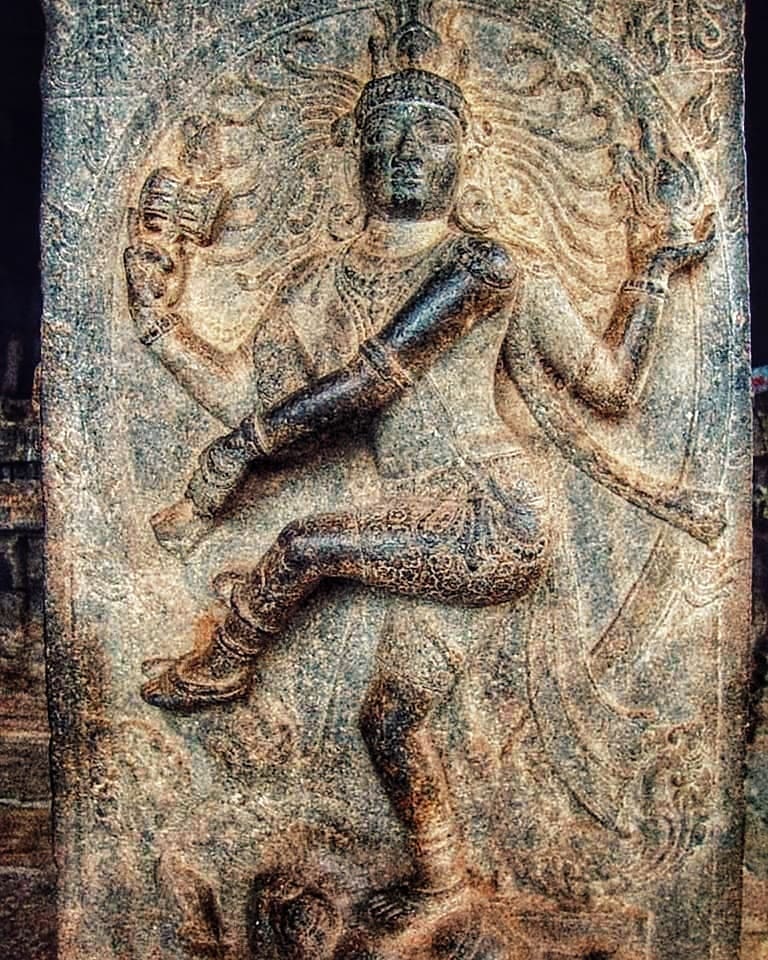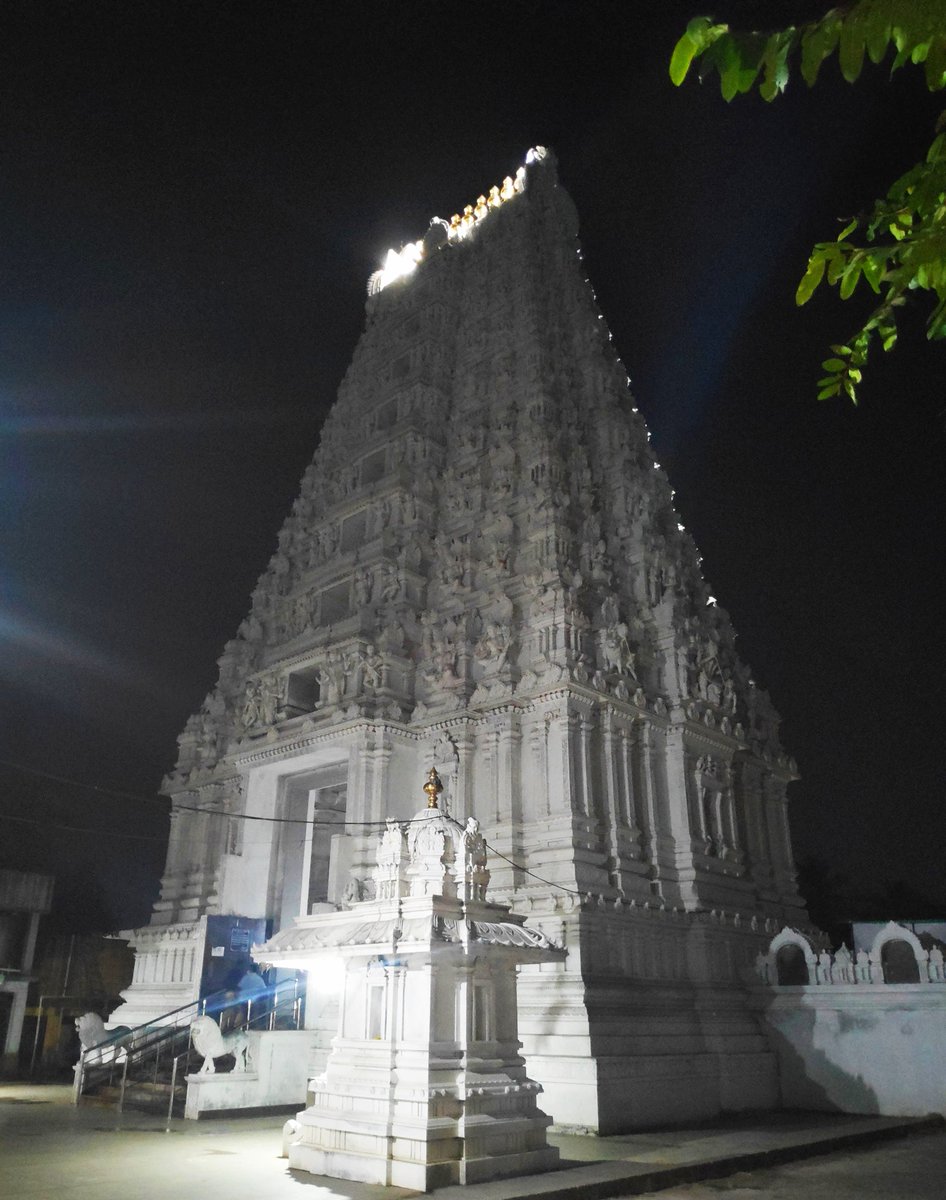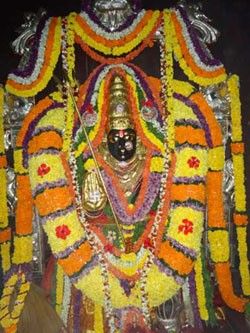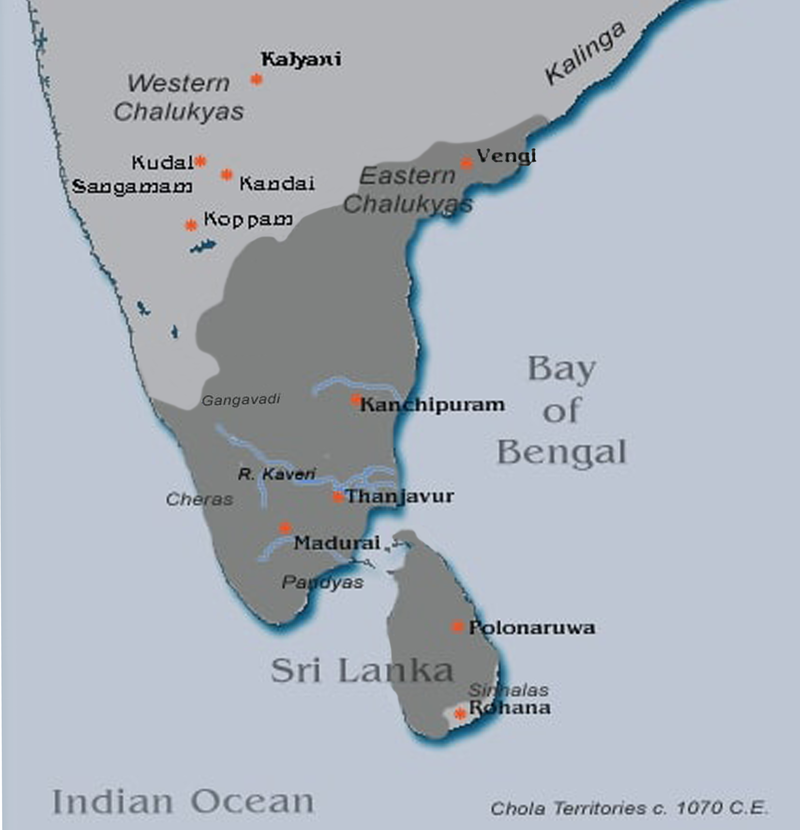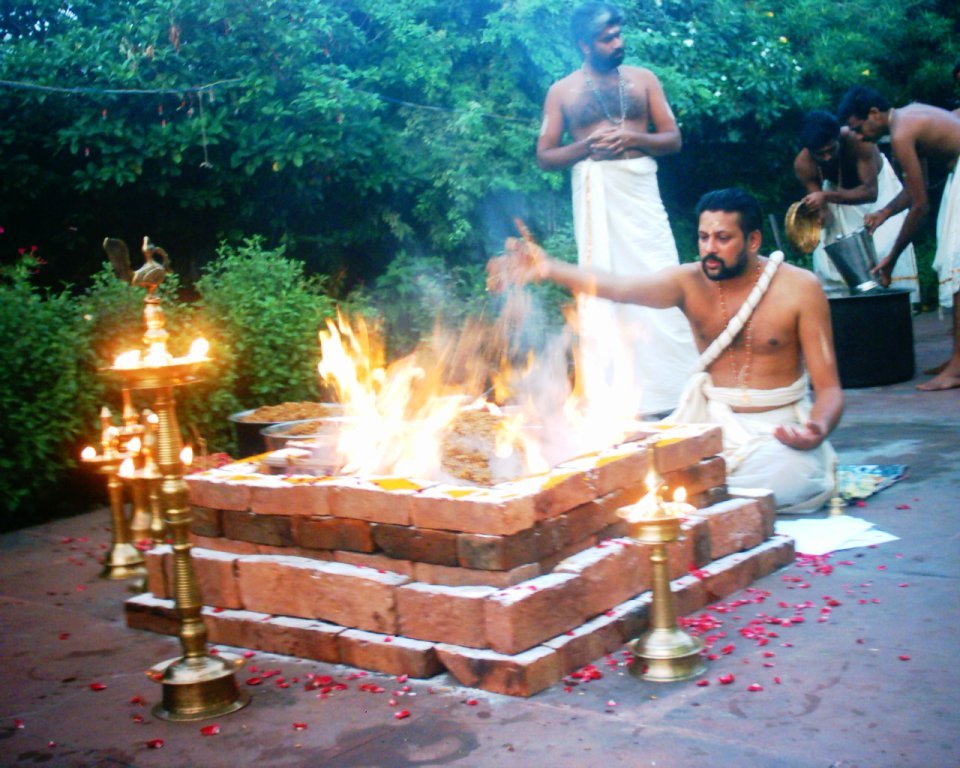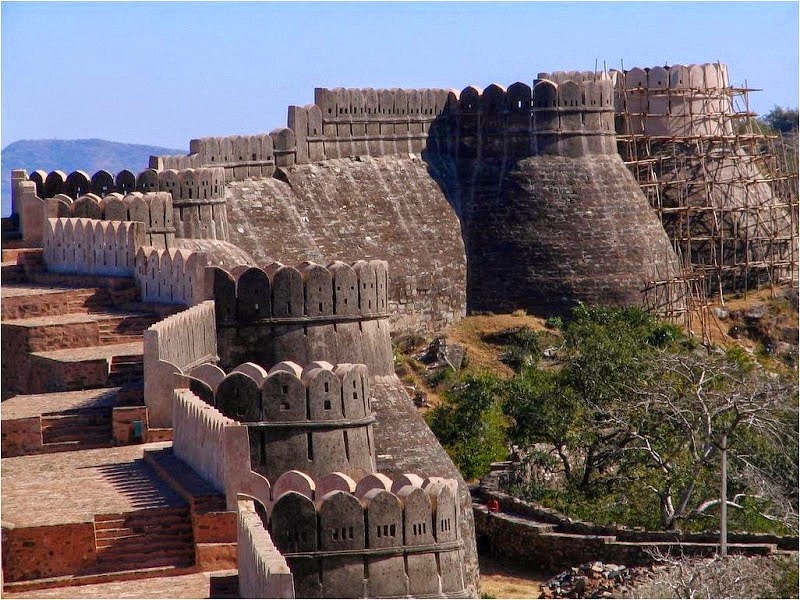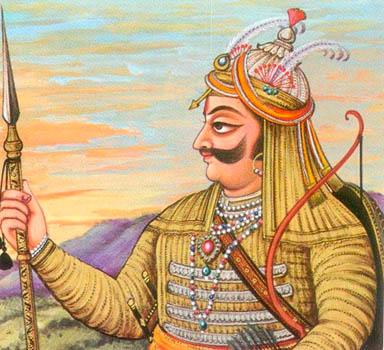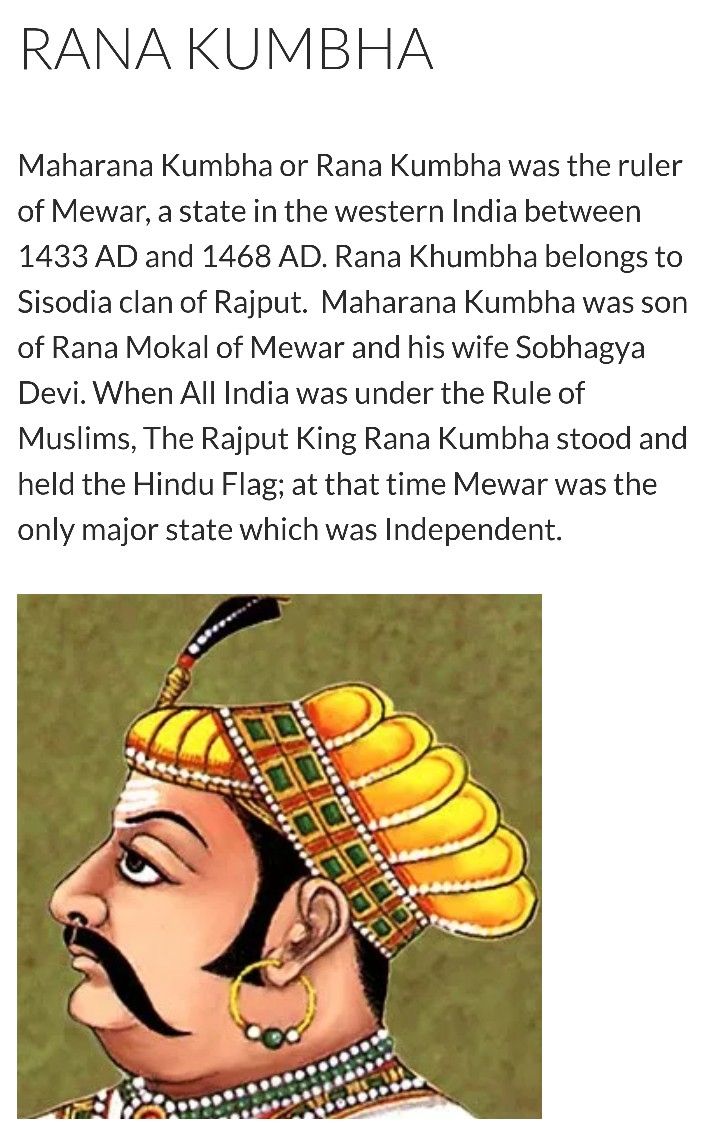First thread of the year because I have time during MCO. As requested, a thread on the gods and spirits of Malay folk religion. Some are indigenous, some are of Indian origin, some have Islamic
i wonder if you can make a thread bout witchcraft in malaysia.. or list of our own local gods/deites..
— r a y a \U0001f319 (@lcvelylilith) February 20, 2020
https://t.co/3QhLXi8FHO
Animist ceremonies of a religious or magical nature were normally held for the purpose of divination or making a request. This would either be done at a keramat or at a shrine similar to the Thai spirit houses or Chinese roadside shrines pic.twitter.com/I1hliyi0x3
— \u2745\u1710\u170b\u1713\u170e (@uglyluhan) June 16, 2019
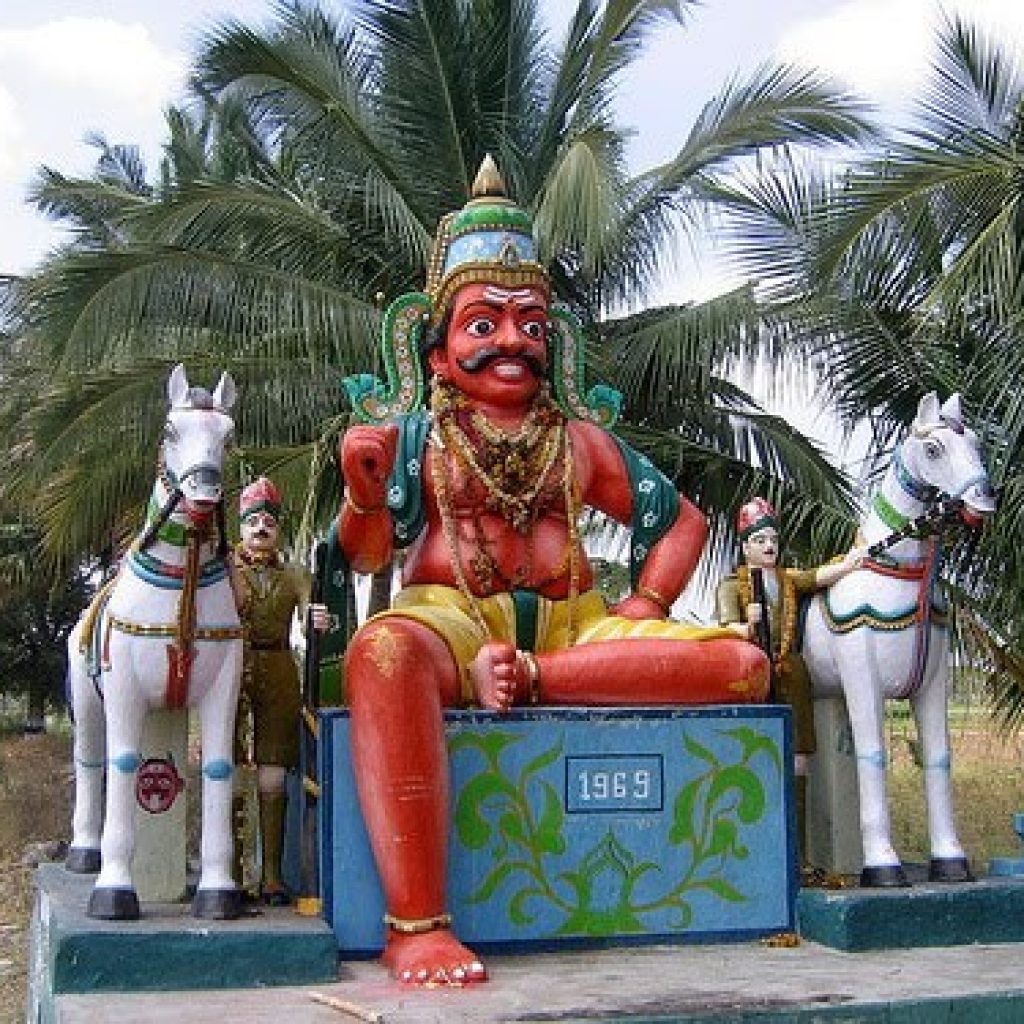
https://t.co/EPzRLssYde
Whatever the case, the Hikayat Seri Rama as we know it gives us a glimpse into the early Malay-Muslim worldview which corresponds to other legends of the time. That is, it manages to keep the original Hindu story but reframe it within a more acceptable Islamic narrative
— \u2745\u1710\u170b\u1713\u170e (@uglyluhan) October 2, 2019

https://t.co/zLxXZOWz42

https://t.co/LTrUhHp6sO
For Malays, the tiger and crocodile were the two most dangerous and feared animals, one on land and the other in the water. In fact, they were even said to be related pic.twitter.com/PrOMetyNTp
— \u2745\u1710\u170b\u1713\u170e (@uglyluhan) October 13, 2019

https://t.co/yfVQnM085I
Today Hindus celebrate Maha Shivaratri, the most important of the monthly #Shivaratri honouring the god Shiva, known as Siwa in Malay. Shiva is one of the most popular Hindu deities in South & Southeast Asia. Malays knew him best in his manifestations as Batara Guru and Mahakala pic.twitter.com/nJTHeMysxc
— \u2745\u1710\u170b\u1713\u170e (@uglyluhan) March 4, 2019
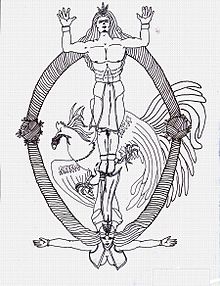
https://t.co/XJ9BfFxfnc
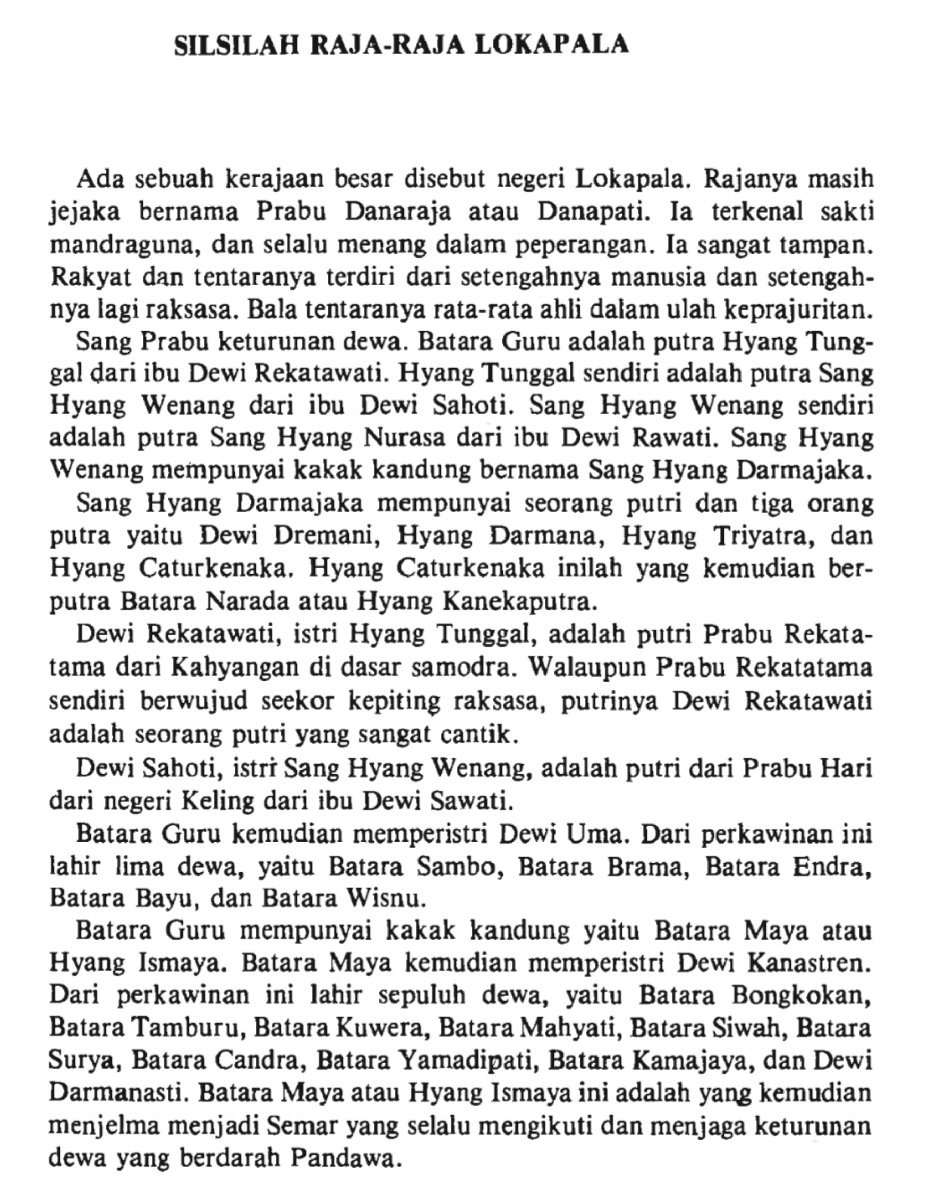
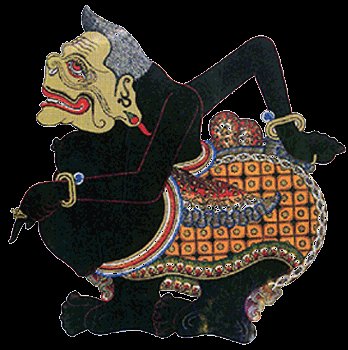

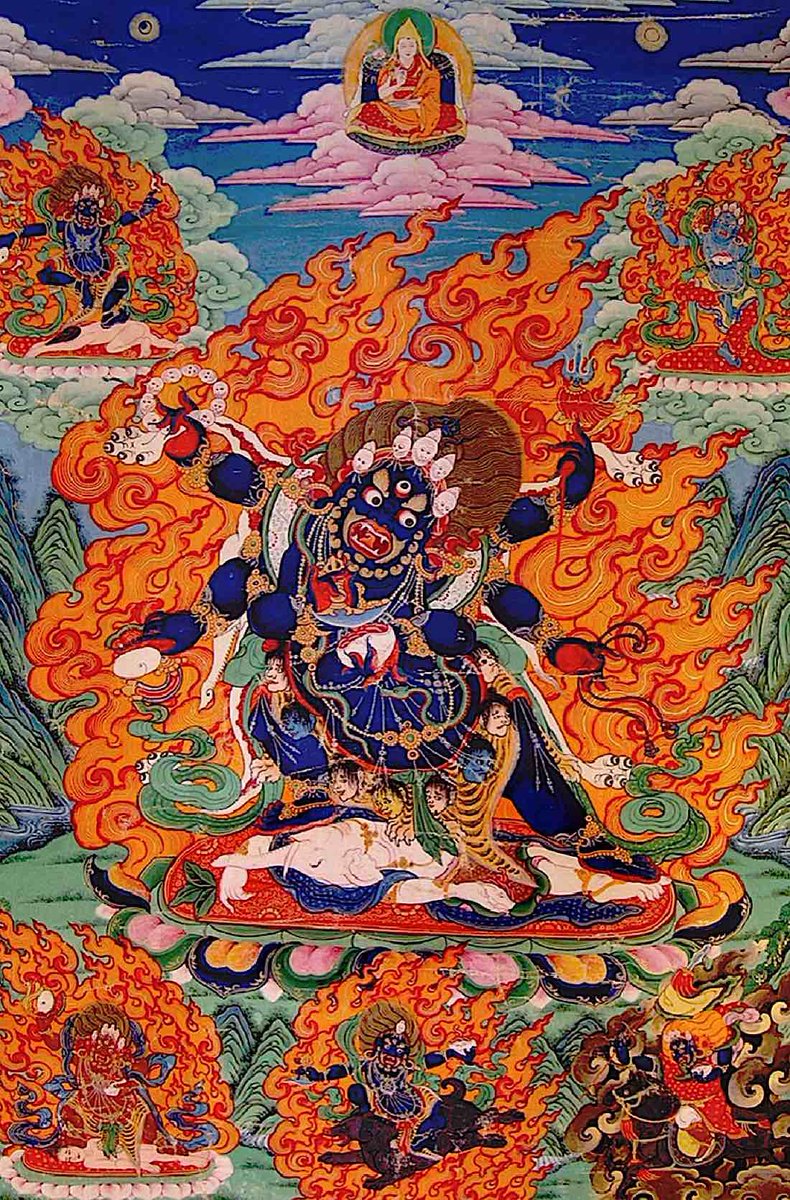
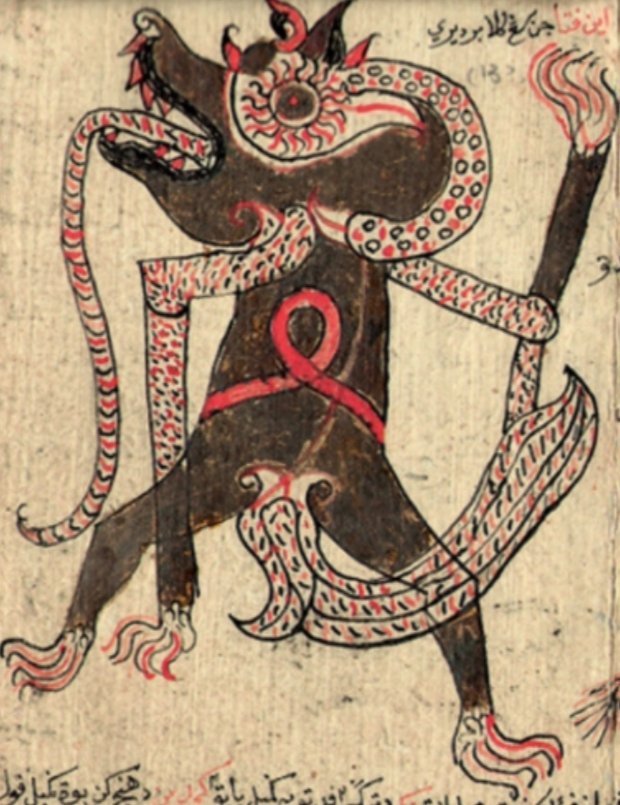
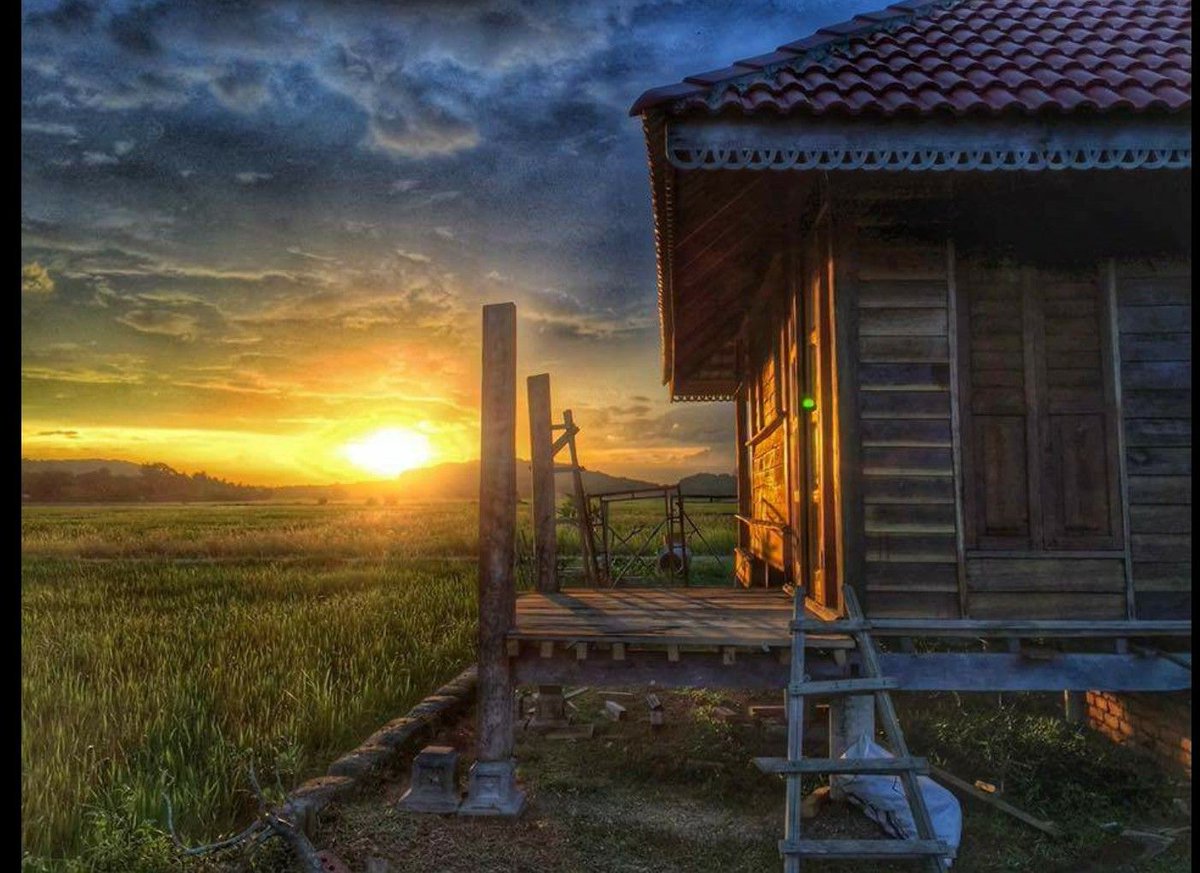

https://t.co/NB8NocFnmT
Evidence of the Hindu-Buddhist Malay heritage can be found in almost every aspect of the culture today. But let's start with something tangible. Here's an ancient statue of Avalokiteswara from Perak pic.twitter.com/I9t1nexwO8
— \u2745\u1710\u170b\u1713\u170e (@uglyluhan) January 8, 2019
Bayu (Vayu): god of the wind, father of Hanuman
Sang Gana (Ganesha): the elephant-headed remover of obstacles
https://t.co/daGwtfdB7v
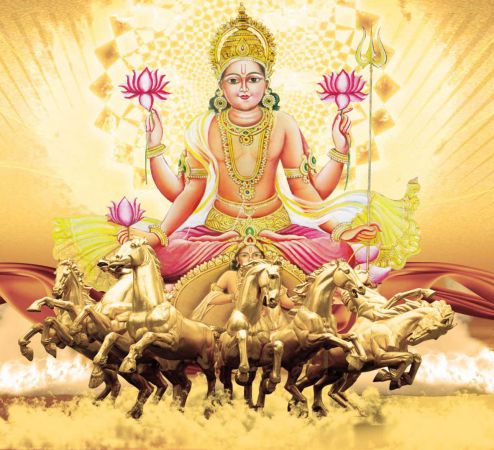
Take a look at this relief of a smithy from Candi Sukuh in Java. That type of cylindrical bellows on the right is still used by keris makers in both Malaysia and Indonesia. Also note the tantric Ganesha in the centre pic.twitter.com/MzCaTXghYT
— \u2745\u1710\u170b\u1713\u170e (@uglyluhan) March 19, 2019
Buda (Buddha): the enlightened one, founder of Buddhism
Maha Bisnu (Vishnu): the preserver in the Hindu trinity
Sri: goddess of rice
https://t.co/XnaPoWiHMg
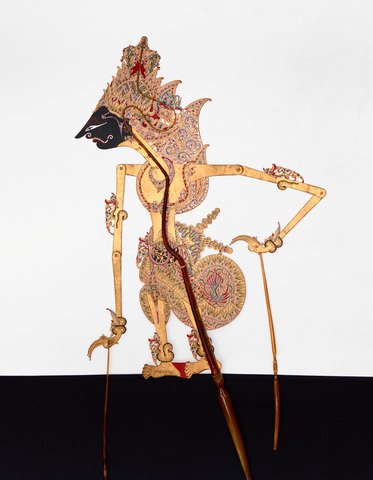
The union of the couple (in this case Raden Inu and Candra Kirana) is also symbolic of the gods Vishnu and Laksmi, known in Malay as Bisnu and Dewi Seri. And speaking of the sacred union, you might have noticed something pic.twitter.com/hS6OKXS24k
— \u2745\u1710\u170b\u1713\u170e (@uglyluhan) February 4, 2019
Kali: the blue-skinned slayer of evil
Durga: warrior goddess who rides a tiger or lion
Pertiwi (Prithvi): the earth personified
https://t.co/x4JluvPB1a

In Indo-Malay animism, the earth is personified as the maternal figure Ibuku Bumi, literally meaning "my mother earth". Through Hindu influence, the earth mother was identified with the Indian goddess Prithvi, known locally as Pertewi or Pertiwi#MythologyMonday pic.twitter.com/Q8tcdRBXmw
— \u2745\u1710\u170b\u1713\u170e (@uglyluhan) March 30, 2020
https://t.co/5hqgKiHpH8
It would be more accurate to say these words came from Sanskrit, not necessarily Hinduism. For example they exist in Buddhism as well. Also the "yang" in sembahyang is actually Hyang, the primal ancestor in Malay/Indonesian animism. God in Balinese Hinduism is Sang Hyang Widi https://t.co/1dKzpF7zCa
— \u2745\u1710\u170b\u1713\u170e (@uglyluhan) November 27, 2018
https://t.co/wUZ4uodpkA
So I was requested to do a thread on the datuk keramat. This is something most of us have heard about, but few understand its history or where it comes from, which is sad because this is a great example of not just cultural exchange, but an underlying similarity between them https://t.co/uKoXm2QTpW
— \u2745\u1710\u170b\u1713\u170e (@uglyluhan) January 23, 2019

https://t.co/mc95XSt8Zq
There are a few main reasons for this. One is that silat movements exist in some shamanistic practices. The healing ritual Main Puteri from Kelantan incorporates silat, for examplehttps://t.co/0BADOspq3s
— \u2745\u1710\u170b\u1713\u170e (@uglyluhan) June 14, 2020
More from Religion
His bhakti for Bhagwan Shiva elevated him as one of foremost among 64 Nayanmars.
He is regarded as custodian of Shiva Temple's wealth& most of Shiva temples in South India has separate sannathi for him
#Thread 👇

There are series of paintings, illustrating the #story of Chandikeshwar in the premises of
Sri Sathiyagireeswarar #Temple - Seinganur,near Kumbakonam,TN
Chandikeshwara's birth name
is Vichara sarman.He was born in the village Seinganur on the banks of River Manni.
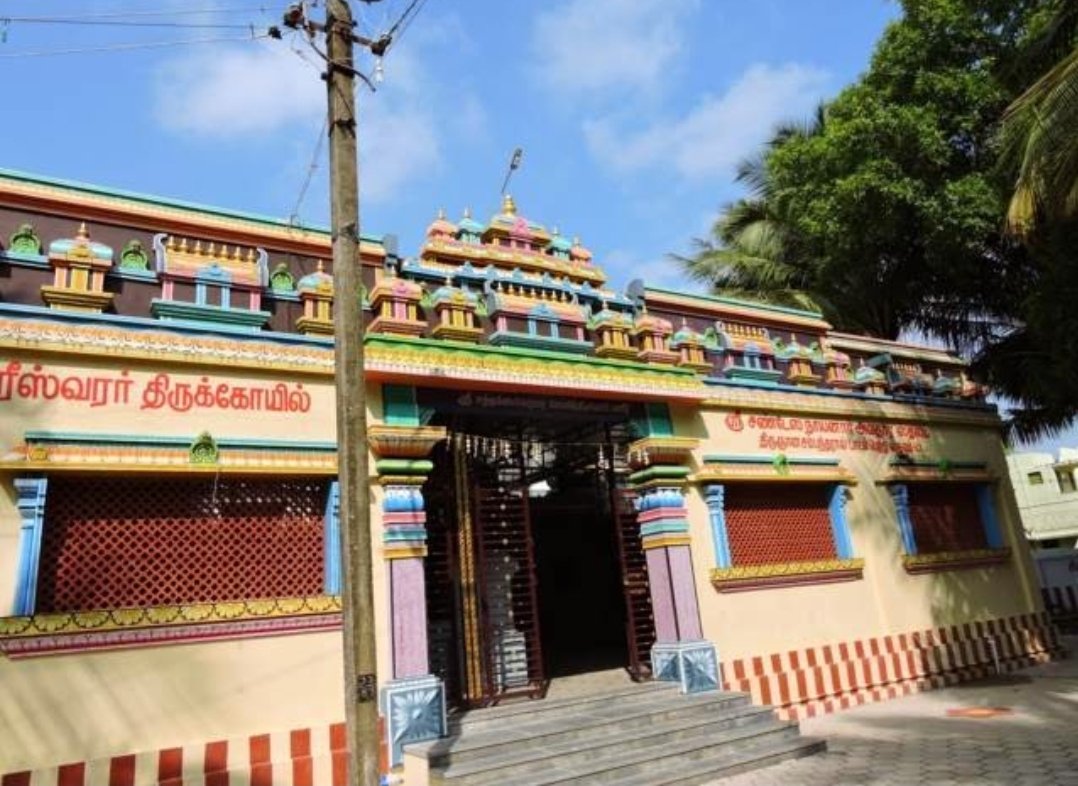
His Parent names were Yajna Thatan and Pavithrai.
Vichara Sarmar was gifted child and he learnt the Vedas and agamas at a very young age.
He was very devout and would always think about Bhagwan Shiva.
One day he saw a cowherd brutally assaulting a cow,Vichara Sarmar could not tolerate this. He spoke to cowherd: ‘Do you not know that the cow is worshipful and divine? All gods & devas reside in https://t.co/ElLcI5ppsK it is our duty to protect cows,not to harm them.
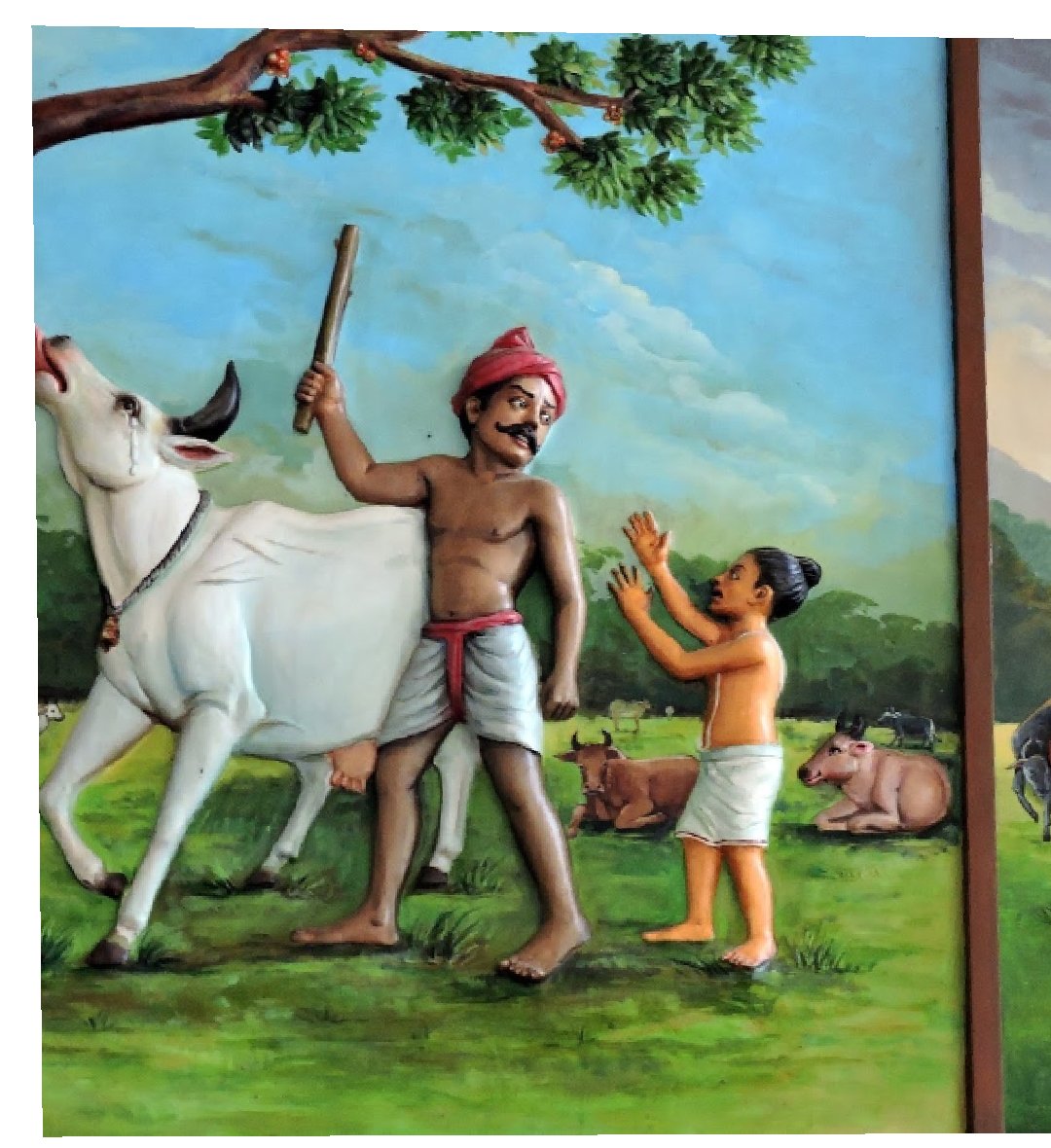
He was very angry on seeing the rude behaviour of the cowherd, Vichara sarma took up the duty of tending the cows himself.From that day onwards,the cows looked happier and yielded more milk.Cows grew healthier due to care showered by him on them.
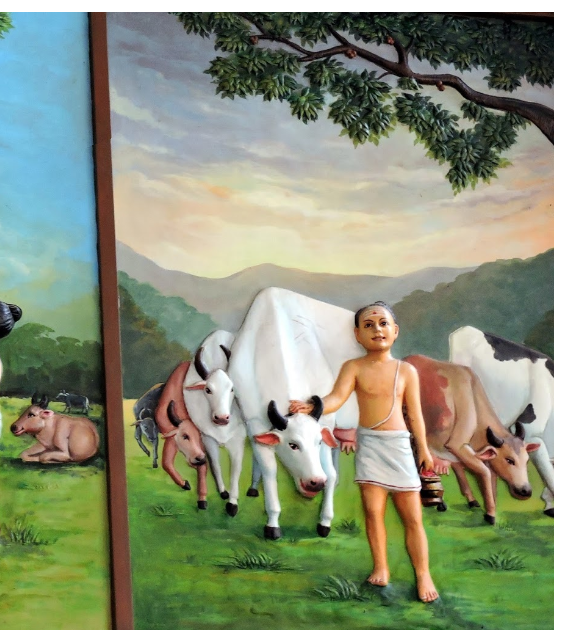
You May Also Like
@NBA @StephenKissler @yhgrad 1. From Day 1, SARS-COV-2 was very well adapted to humans .....and transgenic hACE2 Mice
1. From Day 1, SARS-COV-2 was very well adapted to humans .....and transgenic hACE2 Mice
— Billy Bostickson \U0001f3f4\U0001f441&\U0001f441 \U0001f193 (@BillyBostickson) January 30, 2021
"we generated a mouse model expressing hACE2 by using CRISPR/Cas9 knockin technology. In comparison with wild-type C57BL/6 mice, both young & aged hACE2 mice sustained high viral loads... pic.twitter.com/j94XtSkscj
@NBA @StephenKissler @yhgrad 2. High Probability of serial passaging in Transgenic Mice expressing hACE2 in genesis of SARS-COV-2
1. High Probability of serial passaging in Transgenic Mice expressing hACE2 in genesis of SARS-COV-2!
— Billy Bostickson \U0001f3f4\U0001f441&\U0001f441 \U0001f193 (@BillyBostickson) January 2, 2021
2 papers:
Human\u2013viral molecular mimicryhttps://t.co/irfH0Zgrve
Molecular Mimicryhttps://t.co/yLQoUtfS6s https://t.co/lsCv2iMEQz
@NBA @StephenKissler @yhgrad B.1.1.7 has an unusually large number of genetic changes, ... found to date in mouse-adapted SARS-CoV2 and is also seen in ferret infections.
https://t.co/9Z4oJmkcKj

@NBA @StephenKissler @yhgrad We adapted a clinical isolate of SARS-CoV-2 by serial passaging in the ... Thus, this mouse-adapted strain and associated challenge model should be ... (B) SARS-CoV-2 genomic RNA loads in mouse lung homogenates at P0 to P6.
https://t.co/I90OOCJg7o

Those who exited at 1500 needed money. They can always come back near 969. Those who exited at 230 also needed money. They can come back near 95.
Those who sold L @ 660 can always come back at 360. Those who sold S last week can be back @ 301
Sir, Log yahan.. 13 days patience nhi rakh sakte aur aap 2013 ki baat kar rahe ho. Even Aap Ready made portfolio banakar bhi de do to bhi wo 1 month me hi EXIT kar denge \U0001f602
— BhavinKhengarSuratGujarat (@IntradayWithBRK) September 19, 2021
Neuland 2700 se 1500 & Sequent 330 to 230 kya huwa.. 99% retailers/investors twitter par charcha n EXIT\U0001f602
Who are these chuds?
Patriot Front broke away from white nationalist org Vanguard America following #unitetheright in #charlottesville after James Alex Fields was seen with a VA shield before driving his car into a crowd, murdering Heather Heyer & injuring dozens of others
Syed Robbie Javid a.k.a. Sayed Robbie Javid or Robbie Javid of Alexandria,
Happy Monday everyone :-) Let's ring in September by reacquainting ourselves with Virginia neo-Nazi and NSC Dixie affiliate Sayed "Robbie" Javid, now known by "Reform the States". Robbie is an explicitly genocidal neo-Nazi, so lets get to know him a bit better!
— Garfield but Anti-Fascist (@AntifaGarfield) August 31, 2020
CW on this thread pic.twitter.com/3gzxrIo9HD
Antoine Bernard Renard (a.k.a. “Charlemagne MD” on Discord) from Rockville, MD.
https://t.co/ykEjdZFDi6

Brandon Troy Higgs, 25, from Reisterstown,




